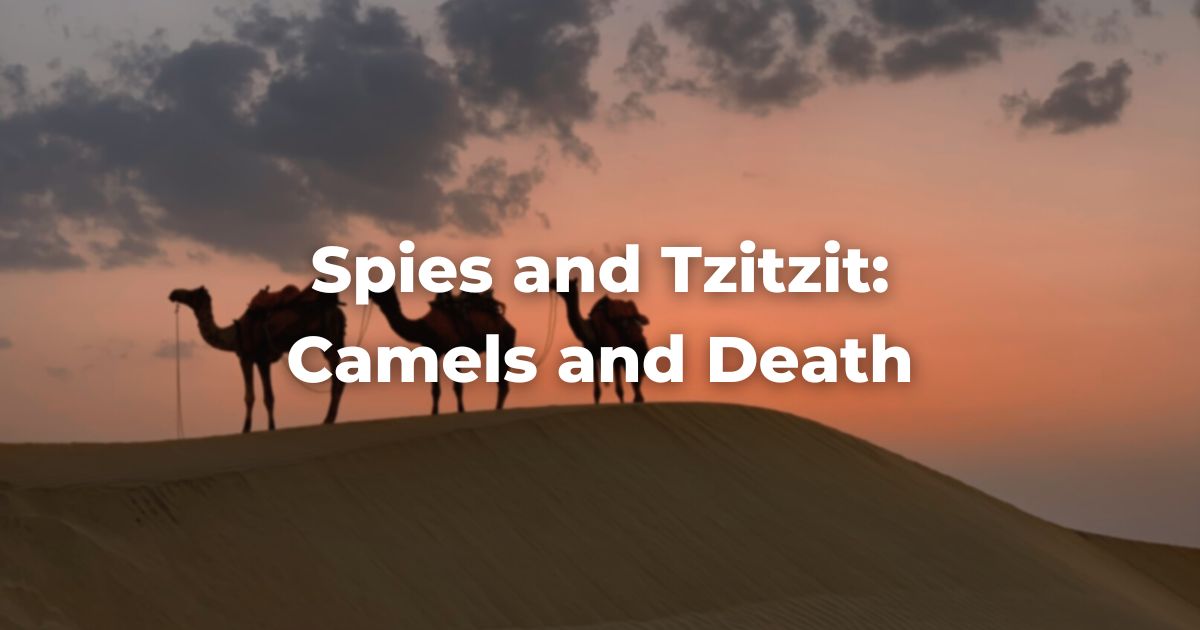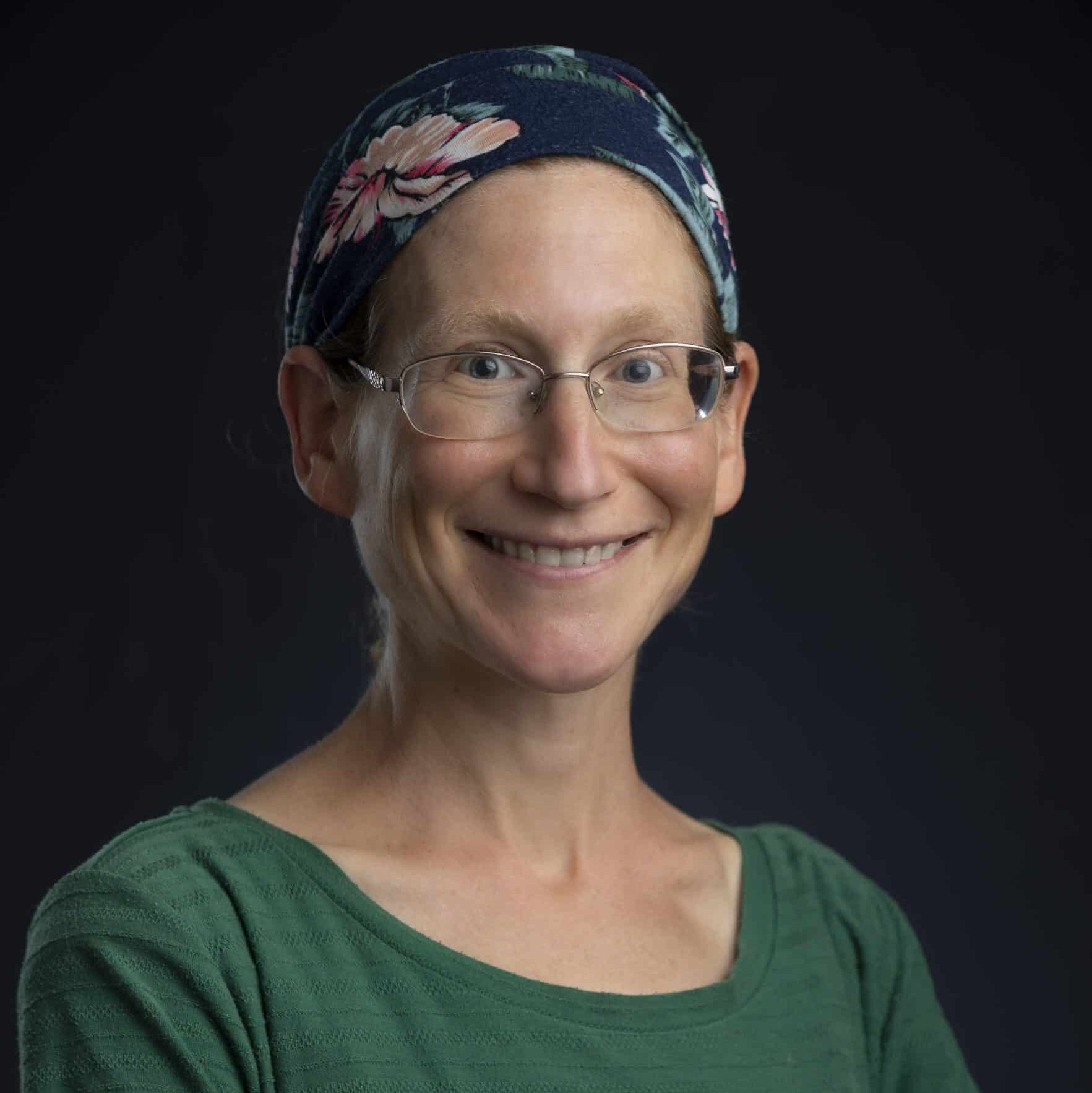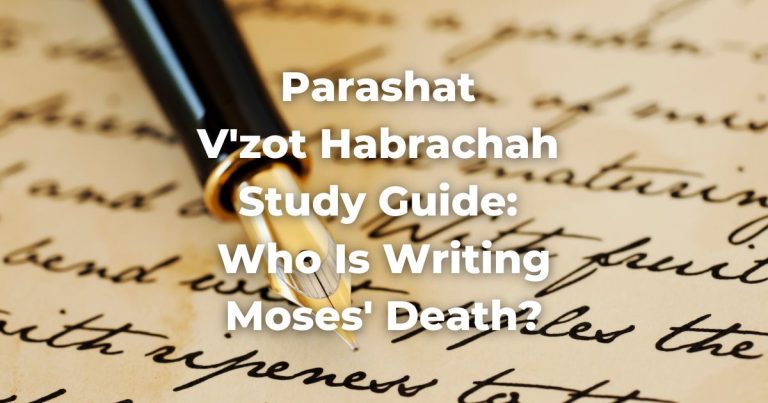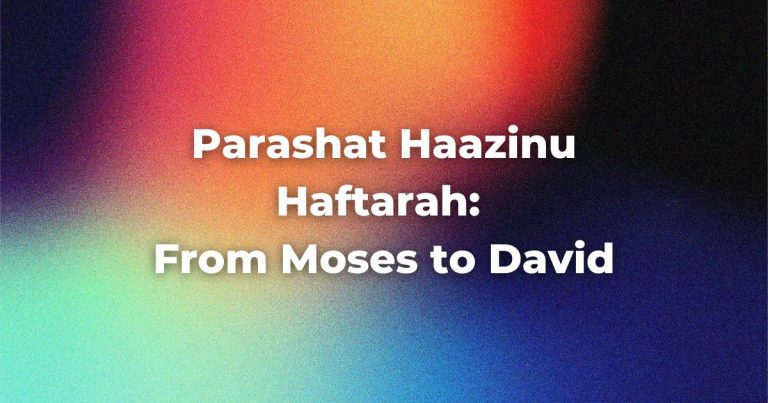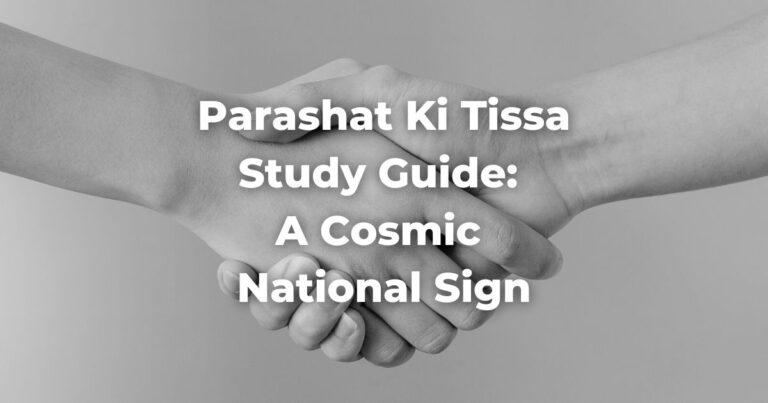Our parashah is bookended by the story of the spies and the commandment of tzitzit.
What connects spies and Tzitzit?
At the beginning of the parashah, God instructs Moshe to send twelve spies to scout out the land of Canaan; ten of them return and distress the people with their negative report, and as a result, God decrees that over the course of the next 38 years, the entire generation will die out in the wilderness.
At the end of the parashah, God instructs Moshe to tell the people to make fringes on the corners of their garments to serve as a reminder to observe God’s commandments.
These bookended passages are linked by the verb la-tur, to scout out or search after (as Rashi on Numbers 13:25 and others have noted). Just as the spies were sent to scout out (v’ya-turu) the land, the mitzvah of tzitzit is intended to remind us not to search after (ta-turu) the lustful urges of our hearts and eyes.
Tzitzit and Spies: A Talmudic Connection
But the TalmudReferring to one of two collections, the Jerusalem and Babylonian Talmuds, edited in the 6th century, that contains hundreds of years of commentary, discussion, and exploration of the ideas in the Mishnah. One could describe it as Mishnah + Gemara = Talmud Read more also conjoins the story of the spies and the mitzvah of tzitzit in the context of a strange, unusual rabbinic travelogue, offering insight into the purpose of the mitzvot and the way they can shape our lives.
In the fifth chapter of tractate Bava Batra 73b-74a, amidst a discussion of the laws governing the sale of ships and other moveable property, the Talmud embarks on a long digression in which the late-third-century Babylonian sage Rabbah bar bar Hannah recounts his fantastic adventures at sea and in the desert.
Rabbah bar bar Hannah is guided by an Arab who points out various sites along the way, playing Virgil to his Dante. At one point the Arab says to Rabbah bar bar Hannah and his travel companions, “Come, let me show you the dead of the wilderness.” He shows the travelers the corpses of the wilderness generation, those whose death was decreed as punishment for the episode with the spies.
Upon seeing the dead bodies resting on their backs all around him, Rabbah bar bar Hannah observes that the knee of one of the corpses is elevated.
The corpse is so enormous that the Arab guide is able to ride his camel underneath its knee while holding his spear upright—perhaps an allusion to the wilderness generation’s all-too-credulous belief that the people of the land were like giants.
Rabbah bar bar Hannah leans in and cuts one corner of the dead man’s garment affixed with tzitzit, at which point he finds himself paralyzed; he cannot take another step. The Arab says to him, “Perhaps we are stopped because you took something from the dead? Return it, as we know that one who takes something from the dead cannot walk.”
The rabbi returns the corner of the dead man’s garment and they proceed on their journey.
In the continuation of this passage, the sages denounce Rabbah bar bar Hannah for cutting off the dead man’s tzitzit. They assume that Rabbah bar bar Hannah was motivated by a desire to bring these fringes before a rabbinical court, thereby settling once and for all the dispute between the school of Hillel and the school of Shammai over how many threads need to be conjoined in the fringes (see Menachot 41b).
A Tosafot Connection
But the Tosafot on Bava Batra 74a take this story in a different direction, questioning whether Rabbah bar bar Hannah’s testimony is evidence that the dead are supposed to be buried with tzitzit affixed to their garments.
The Tosafot cite a story in tractate Berakhot in which Rabbi Hiya and Rabbi Yonatan were once walking through a cemetery when Rabbi Yonatan’s tzitzit began dragging on the ground.
Rabbi Hiya told him to lift them up so that the dead would not think that Rabbi Yonatan was mocking them, since the dead are not obligated in mitzvot and thus do not wear tzitzit.
The Tosafot resolve the apparent contradiction between the two stories—why did the dead man of the wilderness generation wear tzitzit, while the dead men in the cemetery did not—by explaining that only the members of the wilderness generation were buried with their tzitzit, because of the unusual way in which they died: Every Tisha b’Av in the desert, a voice would instruct every individual to dig his or her own grave and sleep in it, then in the morning, the voice would proclaim, “Let the living separate from the dead,” as only some would rise.
When the Israelites got into their graves, then, they were still wearing their tzitzit.
However, ordinarily a person is not buried with tzitzit because, as the Tosafot quote from the Talmud in Niddah 61b, “Once a person dies, he is free from the mitzvot.”
The obligation of commandments
The notion that the dead are no longer obligated for the commandments is all the more true of tzitzit, which are a sort of meta-commandment that serve to remind us to fulfill all the other mitzvot. The midrashThis word is used in two ways, as both a concept and a literature. As a concept, midrash is the expansive interpretation of biblical texts. The term is used to describe the practice of rabbinic interpretation. As a text, it refers to specific collections of interpretations, particularly from the third to ninth centuries in the Land of Israel and Babylonia. Plural: Midrashim
Read more (Tanchuma on Numbers 15:37) invokes the analogy to a person who was drowning at sea, when a helmsman on a passing boat extended a rope to him, urging him, “Grab this rope and do not let go, for if you let go, you will lose your life.”
In the same way, God extends the tzitzit fringes to us and tells us that as long as we adhere to the commandments, we will remain alive. The tzitzit are a reminder of the mitzvot that sustain us and allow us to draw close to God in this world; once we are dead, we have no need for them anymore.
Over time it became customary to wrap the dead in a tallit, but to cut off the tzitzit prior to burial.
As the midrash teaches, the dead no longer have any need for the lifeline that tzitzit represents. But tzitzit is not just a lifeline, but also an opportunity. So long as we are alive, we still have the chance to draw closer to God and to elevate ourselves through the performance of God’s commandments; once we die and our souls are restored to God, we lose that chance.
I was reminded of this teaching a few months ago when running in the Jerusalem half-marathon.
At the end of the race, my legs were heavy and tired and I was so tempted to slow down and take it easy for the last few kilometers. But I could see the finish line off in the distance, and I knew that once I crossed it, I would have ample time to rest.
Now, while the race was still on, I had the chance to run as fast as I could and achieve my best time.
Death is the ultimate finish line.
The conjoining of the story of the wilderness generation fated to die with the life-affirming mitzvah of tzitzit reminds us that so long as we remain alive on this earth, we still have the chance to keep pushing ourselves to perform the mitzvot that enable us to live a full life.
See more: Parashat Shlach
Originally posted as part of the Conservative Yeshiva at the Fuchsberg Jerusalem Center’s Torah Sparks. Support TorahRefers to the first five books of the Hebrew Bible, the Tanakh, also called the Five Books of Moses, Pentateuch or the Hebrew equivalent, Humash. This is also called the Written Torah. The term may also refer to teachings that expound on Jewish tradition. Read more learning from the Fuchsberg Jerusalem Center/Conservative Yeshiva for leaders and seekers around the world here.
Authors
-

Ilana Kurshan teaches Talmud at the CY. She is the author of If All the Seas Were Ink (St. Martin’s Press, 2017) and Why is This Night Different From All Other Nights (Schocken, 2005). She has a degree in History of Science from Harvard and in English literature from Cambridge, and has worked in literary publishing both in New York and in Jerusalem – as a translator, a foreign rights agent, and as the Books Editor of Lilith Magazine. Since October 2020, Ilana has been a regular contributor to Torah Sparks, FJC’s weekly parashat hashavuah blog.
View all posts -



The Fuchsberg Jerusalem Center (FJC) is a home in the heart of Jerusalem where leaders and seekers can find an authentic place in Jewish tradition to call their own. FJC offers opportunities to study, pray and explore within an egalitarian and inclusive setting, creating multiple pathways for finding personal and communal meaning.
View all posts

